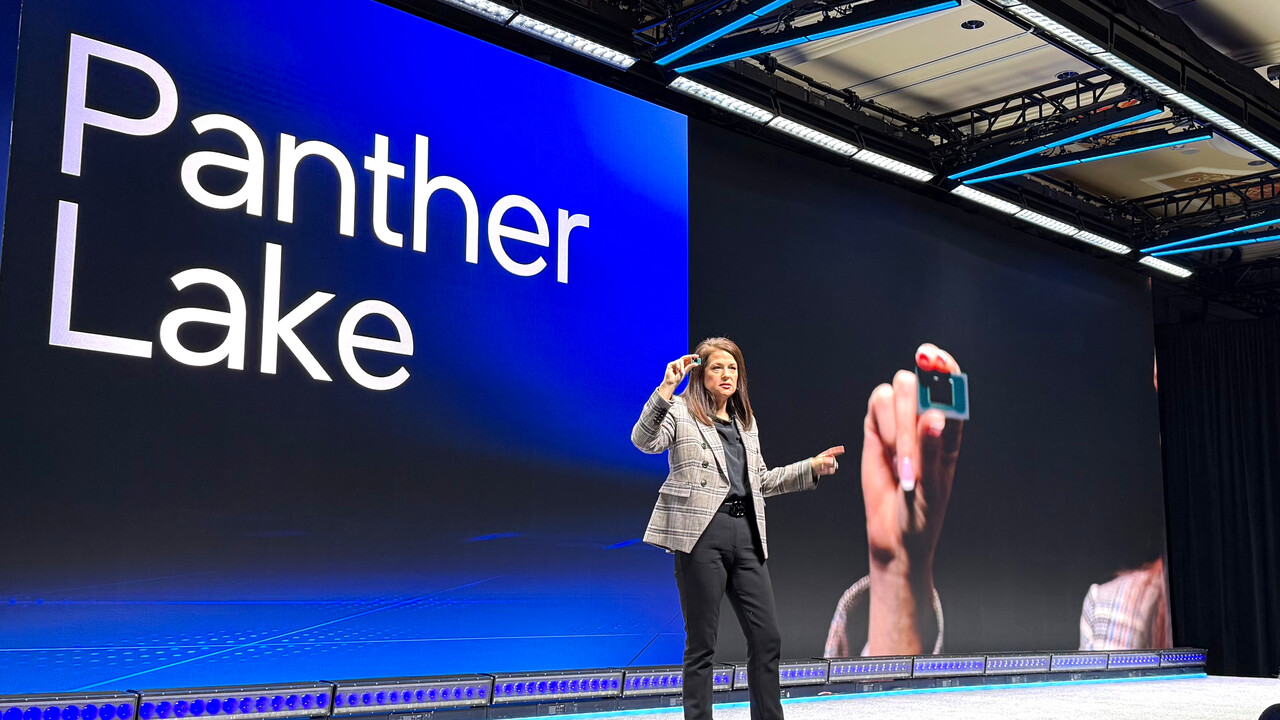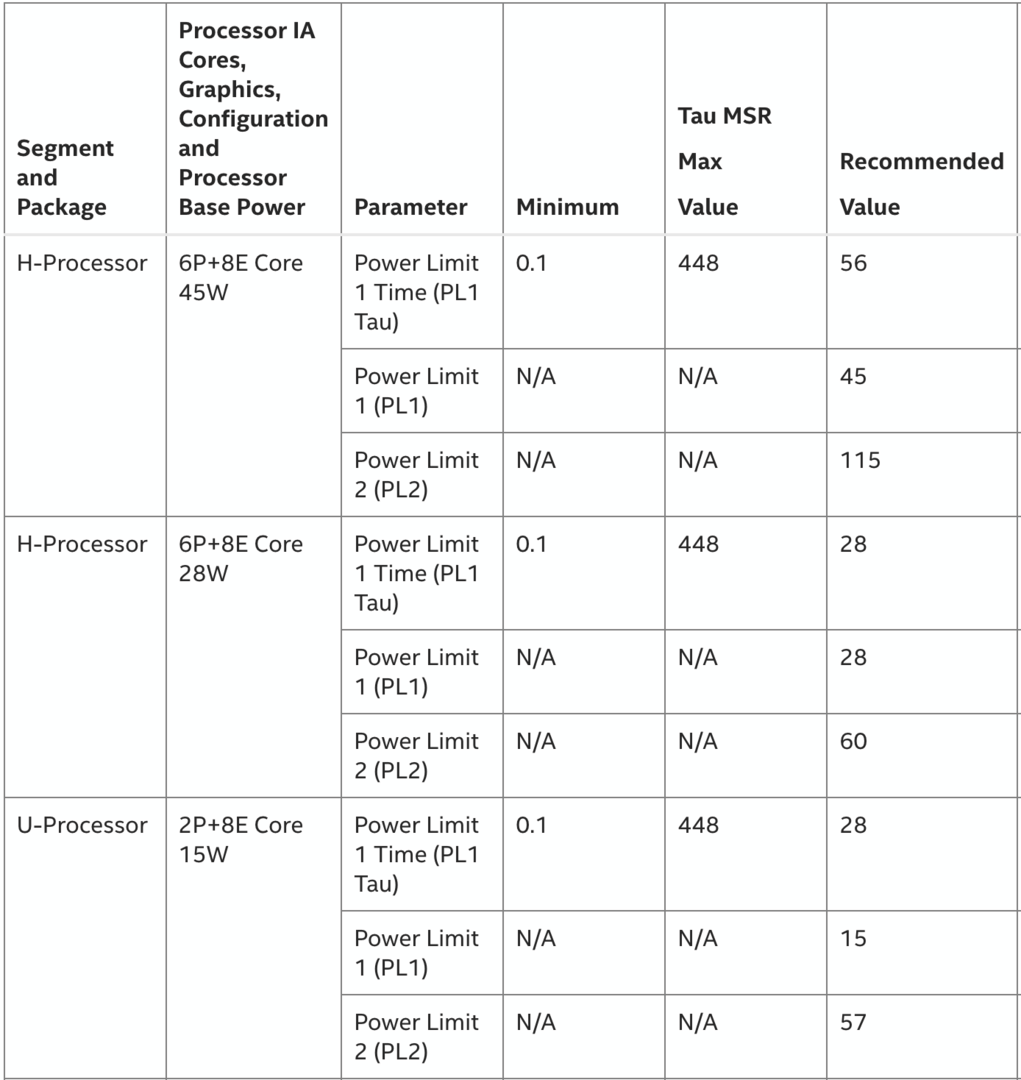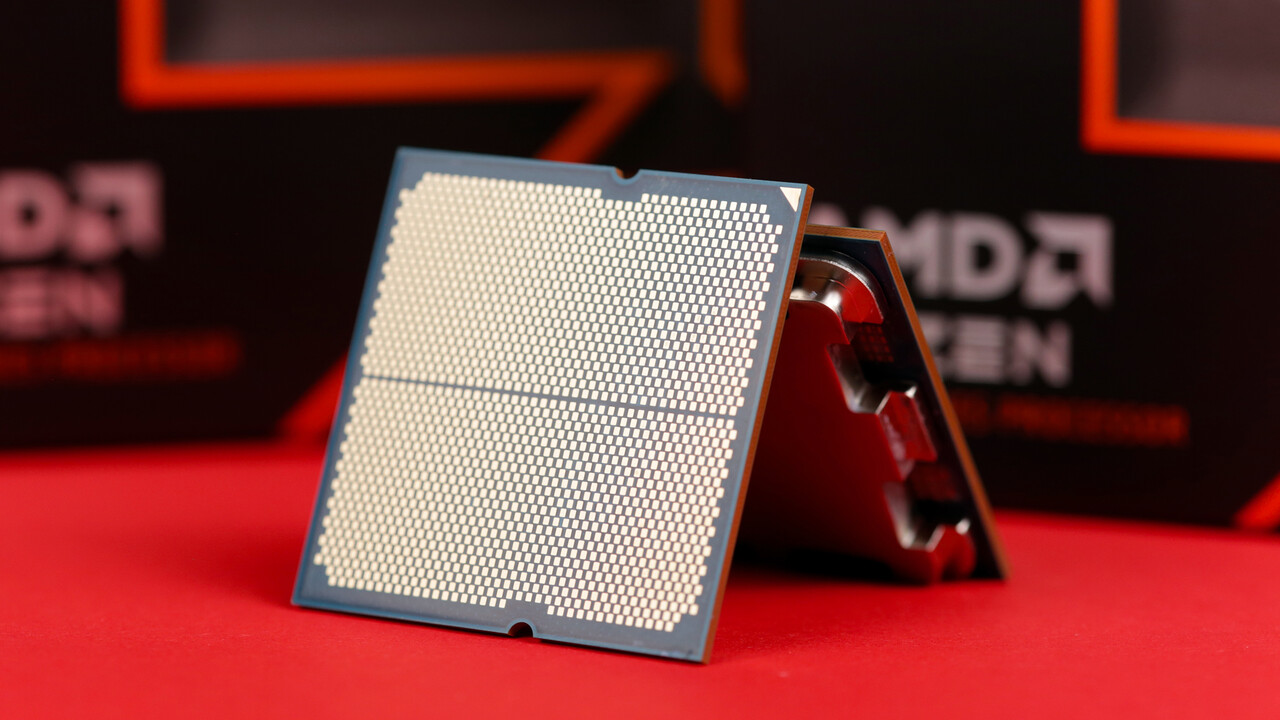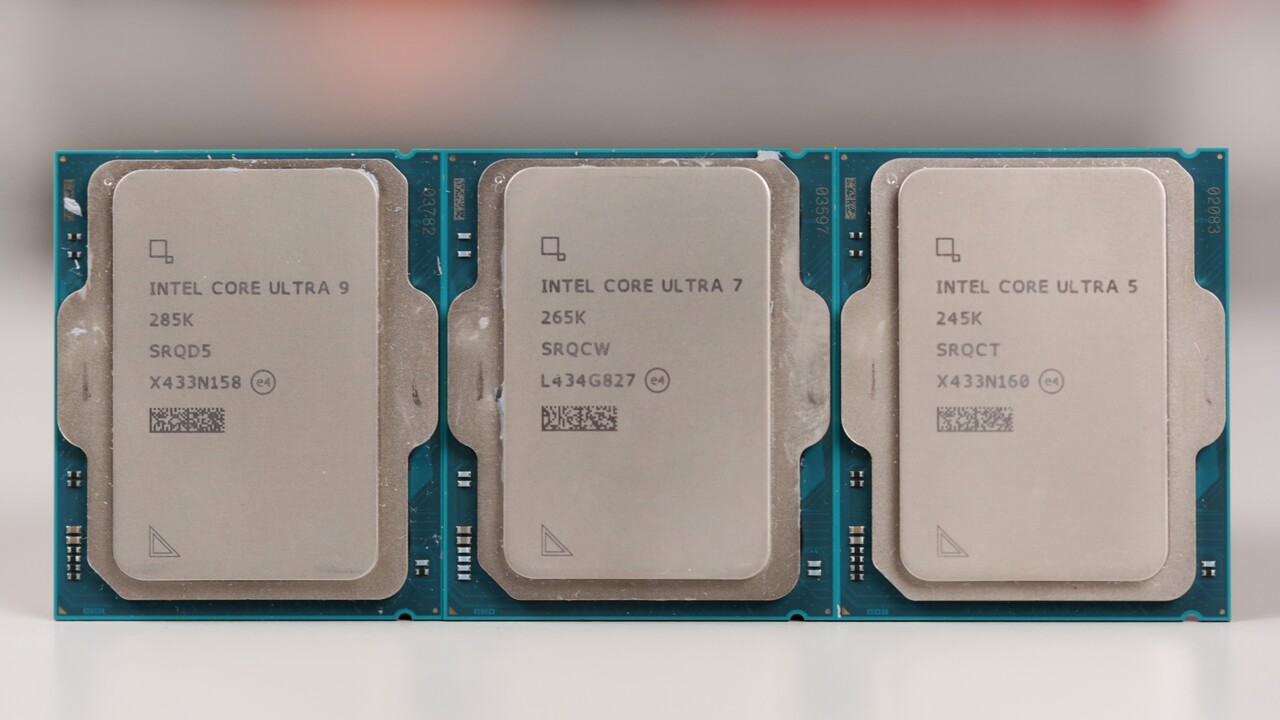Intel Notebook CPU: Panther Lake-H takes about the right TDP structure 16 comments

Intel’s expected Panther Lake processor this year will largely repeat the TDP structure of previous solutions, including minimal adjustments. From Arrow Lake-H, TDP/PBP will change slightly to 25 watts, PL2 increases by four watts to 64 watts.
The TDP values in this segment have been very similar for years. This isn’t surprising, after all, the same form factors are targeted with the templates, and the TDP framework ultimately wouldn’t work here. 25 watts as the TDP value for Panther Lake-H is slightly lower than the current 28 watts of Lake Arrow-H, the PL2 value, on the other hand, with 64 instead of 60 watts.
The first Arrow Lake-H was sent by Intel as a test model in the 45 watt configuration, which provides a PL2 value of 115 watts. Among them there will be Arrow Lake-H but also as a consumer version with 28 watts, here the PL2 value for short-term turbo tips is 60 watts. For the castrated U model with TDP of 15 watts, a PL2 value of 57 watts is still allowed, as can be found in the current specifications.
 Intel Arrow Lake -H and -U with PL1 and PL2 (image: Intel)
Intel Arrow Lake -H and -U with PL1 and PL2 (image: Intel)
A look in the other direction is therefore also necessary. Apparently the new chips are no longer allowed to be so far a three-digit PL2 value cannot be found – at Arrow Lake-H the test could also be achieved in the test without any problems. However, Panther Lake is also more of a product between Lunar Lake and Arrow Lake that is currently available and is ultimately the successor for both: Lunar Lake has 4p + e-cores, Arrow Lake, on the other hand, 6p + 8e. Panther Lake builds on 4p+8e with new XE3 graphics. There is no memory on the pack like Lunar Lake, but Panther Lake will also do without the LPE cores in the SOC. Ultimately, it’s a step back to the original, P and the classic electronic cores flanked by a graphics unit, which was in the basic series a few years earlier.
Topics: Intel Intel Panther Lake Process Source: X (Twitter)

Marc deciphers processors by testing their performance for gaming, content creation, and artificial intelligence.


